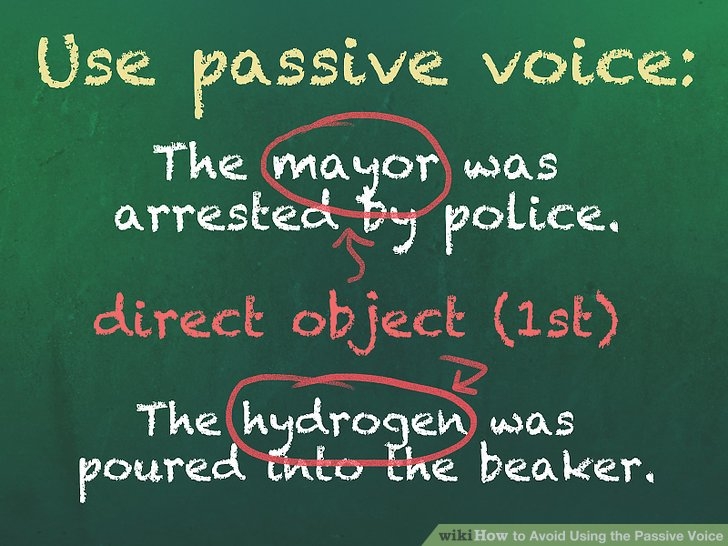When it comes to writing, one of the most common mistakes that writers make is using passive voice. Passive voice can make your writing unclear, awkward, and less engaging for the reader. It is important to understand the difference between active and passive voice in order to improve the quality of your writing.
Passive voice occurs when the subject of the sentence is acted upon by the verb, rather than performing the action themselves. For example, “The book was read by me” is passive, while “I read the book” is active. Passive voice can make sentences wordy and confusing, and it often lacks clarity and directness.
One of the main reasons to avoid passive voice in writing is that it can make your writing less engaging for the reader. Active voice is generally more direct and dynamic, creating a stronger connection between the writer and the reader. By using active voice, you can make your writing more concise and impactful.
Additionally, passive voice can be ambiguous and leave the reader unsure of who is performing the action. This can lead to confusion and a lack of clarity in your writing. By using active voice, you can clearly identify the subject of the sentence and make your writing more straightforward and easy to understand.
Another reason to avoid passive voice is that it can make your writing sound more formal and distant. Active voice, on the other hand, is more conversational and engaging, creating a more personal connection with the reader. By using active voice, you can make your writing more relatable and interesting.
In conclusion, avoiding passive voice in writing is essential for creating clear, engaging, and impactful prose. By using active voice, you can make your writing more direct, dynamic, and personal, enhancing the reader’s experience. So next time you sit down to write, remember to keep your sentences active and engaging for your audience.
